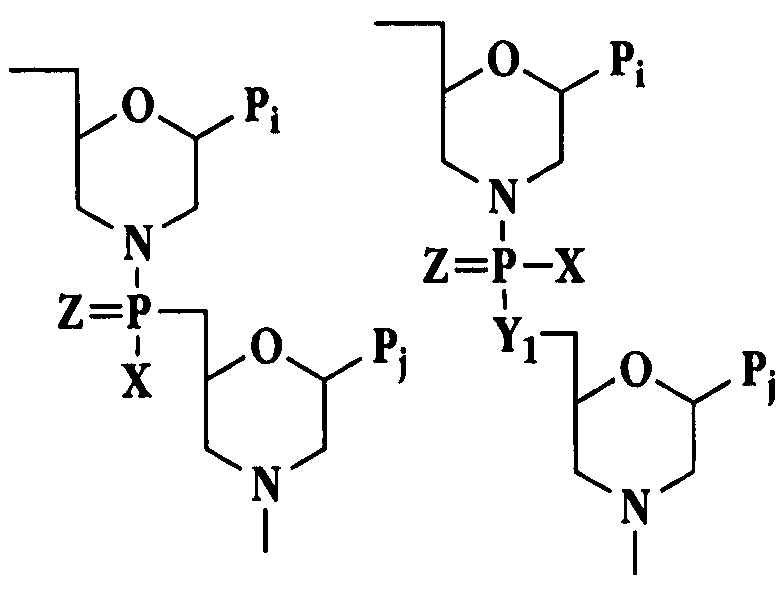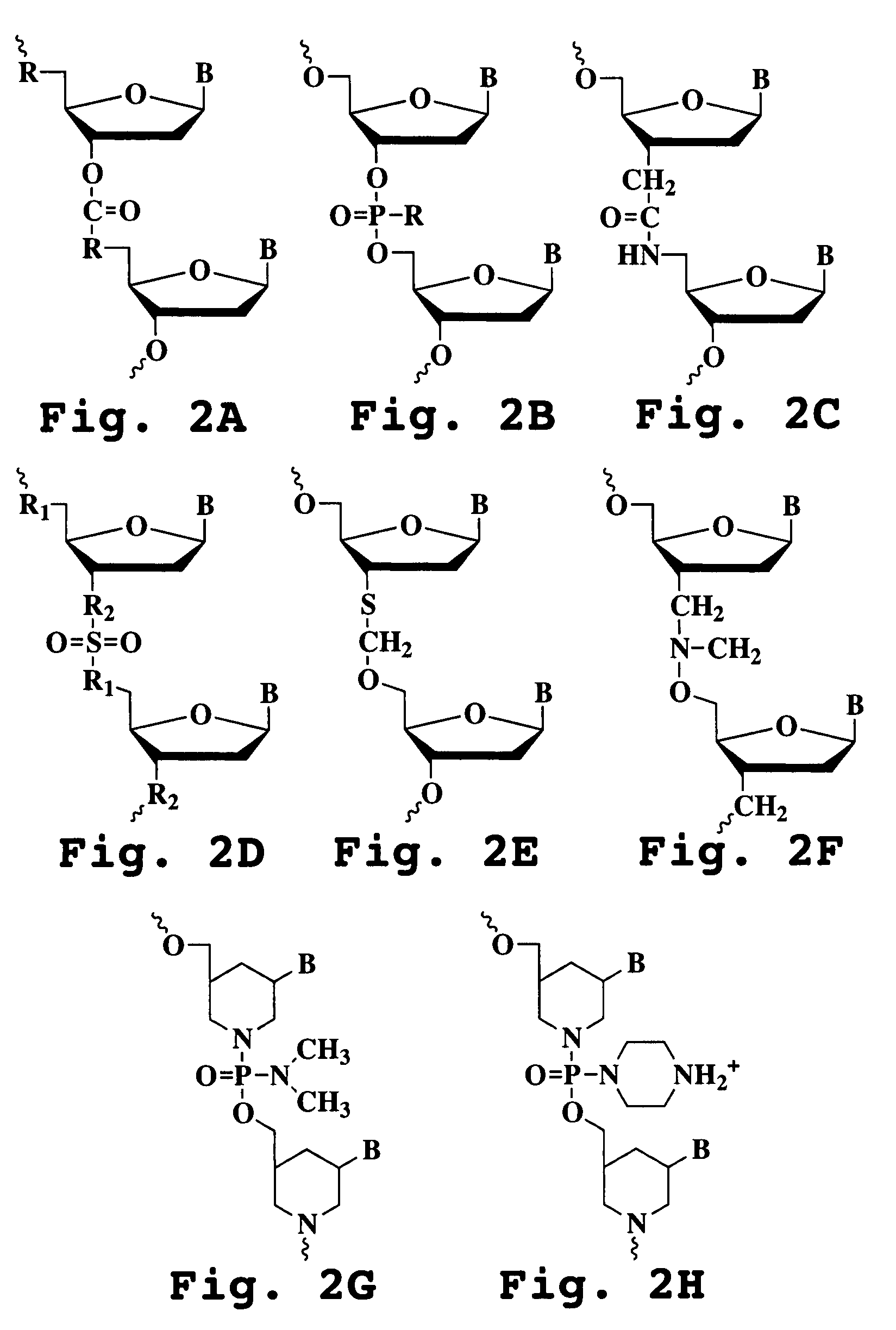Antisense antiviral compound and method for treating arenavirus infection
an antiviral compound and antiviral technology, applied in the field of antiviral oligonucleotide compounds, can solve the problems of fetal lcmv infection, onset of shock and death, and unusually high fetal mortality, and achieve the effect of inhibiting the infection of the host cell
- Summary
- Abstract
- Description
- Claims
- Application Information
AI Technical Summary
Benefits of technology
Problems solved by technology
Method used
Image
Examples
example 1
Inhibition of Junin-Candid-1 virus (JUNV) in Tissue Culture with PMOs that Target the 5′ Termini of the vRNA / vcRNA Strands
[0168]The antiviral activity of Junin-Candid-1-specific PMOs were determined by measuring viral replication and cytopathic effects in JUNV-infected cells. The tests are performed on Vero-E6 cells as described above. Cell monolayers (12-well plates) are seeded 16 to 20 hours prior to treatment with PMO or infection with virus and pretreated pretreated with 1 ml of 15 micromolar P-PMO in serum-free culture medium for 6 h before inoculation. Cells were infected at a multiplicity of infection (MOI) of 0.01 plaque forming units per cell (PFU / cell). Culture medium was collected 96 hours after inoculation and infectious virus was titrated by plaque assay. After collection of the culture medium, cells were fixed with 25% neutral buffered formalin and stained with crystal violet to visualize multinucleate syncytia, a measure of viral-induced cytopathic effects (CPE).
[0169...
example 2
Inhibition of Tacaribe Virus (TCRV) Cytopathic Effects in Tissue Culture with PMOs that Target the 5′ Termini of the vRNA / vcRNA Strands
[0170]Antiviral activity against Tacaribe virus (TCRV, another New World arenavirus) was measured by observation of CPE in tissue culture experiments similar to those described for JUNV in Example 1 above. The same series of P007-conjugated P-PMO were selected for these analyses and used to treat Vero-E6 cells under the same conditions described in Example 1 above. Six hours post-treatment with PMO, cells were infected with Tacaribe virus at an MOI of 0.01 pfu / cell. Photomicrographs were taken 96 hours post-infection as shown in FIG. 7. A significant reduction in CPE was observed with the same three P-PMOs (CL-trm, LS-trm and SS-trm, SEQ ID NOS:2-4, respectively) compared to the scramble control P-PMO (DSCR)-treated and untreated TCRV-infected cultures as shown in FIG. 7.
example 3
Inhibition of Lymphocytic Choriomeningitis Virus (LCMV) in Tissue Culture with PMOs that Target the 5′ Termini of the vRNA / vcRNA Strands
[0171]The most effective of the P-PMOs tested against JUNV (CL-trm, LS-trm and SS-trm, SEQ ID NOS:2-4, respectively) were directed at the conserved genomic 5′-termini. To determine the effectiveness of the same P-PMOs against a distantly related Old World arenavirus, lymphocytic choriomeningitis virus (LCMV) was used in experiments identical to those described in Example 1. P-PMOs directed at the conserved termini (CL-trm, LS-trm and SS-trm, SEQ ID NOS:2-4, respectively) strongly suppressed LCMV proliferation, reducing viral titers by 100 to 100000-fold as shown in FIG. 8. The same negative controls were used as described in Examples 1 and 2, a scramble control sequence (DSCR) and untreated, and demonstrated no inhibition of LCMV replication as shown in FIG. 8. P-PMOs directed to initiation codons and other sequences not conserved among arenaviruses...
PUM
| Property | Measurement | Unit |
|---|---|---|
| Tm | aaaaa | aaaaa |
| Tm | aaaaa | aaaaa |
| Tm | aaaaa | aaaaa |
Abstract
Description
Claims
Application Information
 Login to View More
Login to View More - R&D
- Intellectual Property
- Life Sciences
- Materials
- Tech Scout
- Unparalleled Data Quality
- Higher Quality Content
- 60% Fewer Hallucinations
Browse by: Latest US Patents, China's latest patents, Technical Efficacy Thesaurus, Application Domain, Technology Topic, Popular Technical Reports.
© 2025 PatSnap. All rights reserved.Legal|Privacy policy|Modern Slavery Act Transparency Statement|Sitemap|About US| Contact US: help@patsnap.com



